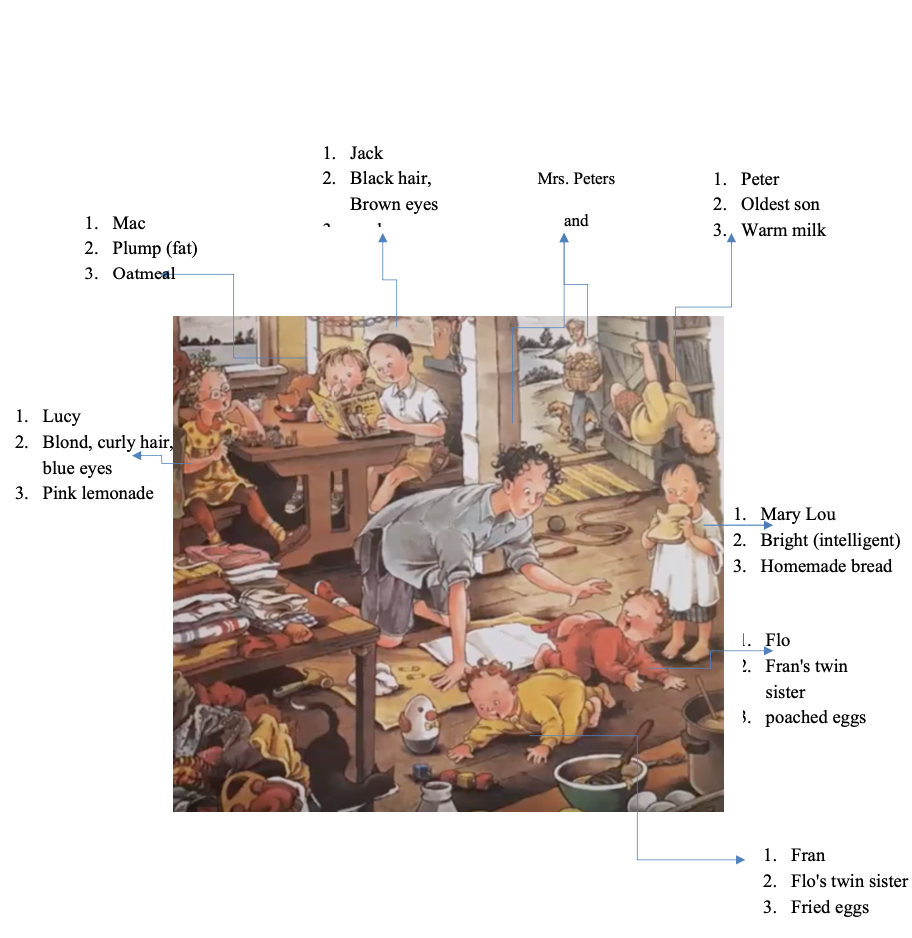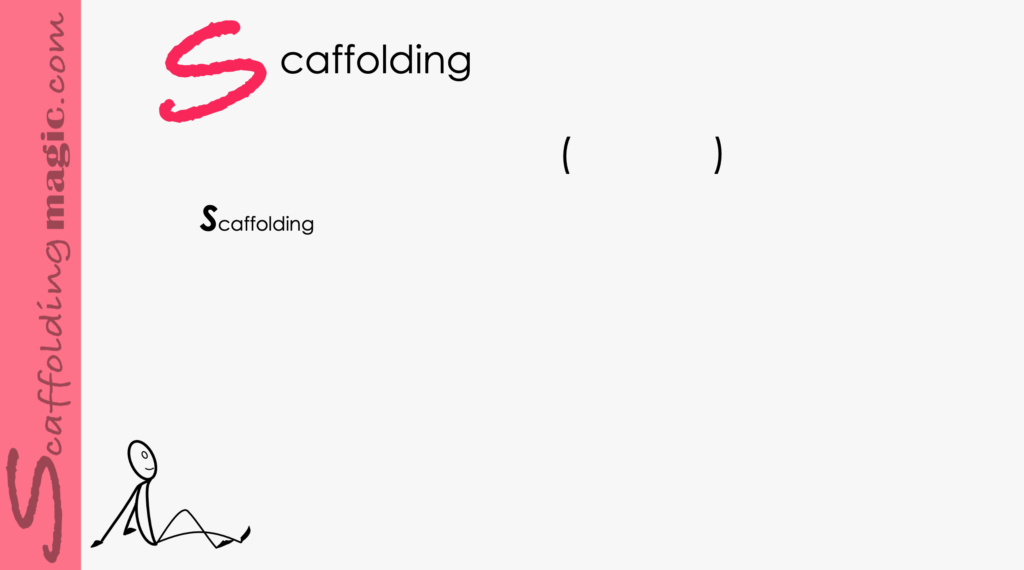You caught a beauty!!!
Download PDF of scaffold here.
Download PDF of scaffold here.
theory behind scaffold…
Deciding on the use of authentic materials (the use in teaching of texts, photographs, video selections and other teaching resources that were not specially prepared for pedagogical purposes) versus graded materials (standardised grammar and vocabulary) is always a challenge for teachers. There are advantages and disadvantage of both; however, with a bit of preparation and some thoughtful scaffolds, we can almost always use the former and help our students to feel confident in the language they’ll be exposed to in real-life situations.
This scaffold uses a popular children’s book (The Seven Silly Eaters by Mary Ann Hoberman) to show how we can reinforce the important skill of sequencing* and introduce academic language of a specific source through a classroom activity that is centred around verbal expression.
This scaffold uses a popular children’s book (The Seven Silly Eaters by Mary Ann Hoberman) to show how we can reinforce the important skill of sequencing* and introduce academic language of a specific source through a classroom activity that is centred around verbal expression.

*While sequencing is often taught as a general rule in pre-school classes, once students enter Primary, those skills are not often addressed – to the detriment of the students. The words used to sequence stories and events help us to tell and understand the order of what is happening in any given situation. To understand information, students need to be able to make sense of it, more easily done when they are familiar with sequencing linguistic indicators. When they are comfortable with the pattern of sequencing, and use it consciously or unconsciously as they read, they will be able to recall the information later with more accuracy and deeper comprehension. If students haven’t been directly taught sequencing, or these skills have not been reinforced sufficiently, they retell stories and events out of order without realising the confusion this causes.
step by step
- Make a handout with two sides.
Side 1 of handout: Choose one image from the text/video you’re going to use that is representative of much of the theme. It will help students to be introduced to the characters in the book first, just as if they were to be introduced to them in real life. This first image, therefore, could be a picture with all the characters from the book – if there is no one illustration with all the characters, you can create a montage, and if there are no illustrations at all, you can look for images that approximate the physical appearances of these characters.
Use arrows to connect characters to the vocabulary students can use to describe them physically, and some other information that gives hints as to some of their character. (See examples of handouts of The Seven Silly Eaters, below.)
Side 2 of handout: Copy and paste (scan from the book if possible) images that represent a series of event from the story. This can cover the entire story or only a part of it.
- Print out the double-sided handout for each pair of students.
- 1st part of scaffold: Model the three types of sentences you want your students to practice.
Example:
- Her name is _________./His name is ________.
- Lucy has blond, curly hair and blue eyes./Mac is plump.
- Lucy likes drinking lemonade./Mac likes eating oatmeal.
6. Students work together verbalising the information on the handout.
7. 2nd part of scaffold: When you’re satisfied that students have been introduced sufficiently to the characters of the story, begin the second part of the activity: sequencing.
8. Give each group or project sequencing phrases (pg. 3 of handout below).
Example:
- To start with, Mrs. Peters has one son.
- Next, Mrs. Peters has a daughter.
- Afterwards, Mrs. Peters has another child.
9. As a formative assessment, project (or hold up) the images included on both sides of the handout and ask different groups to verbalise what the images represent. Other groups respectfully agree or offer more information.
Handout (Word) of The Seven Silly Eaters
Link to a Video Reading of the book



Scaffoldingmagic.com is your entryway into DYNAMIC bilingual learning methodologies, such as Phenomenon-Based Learning, CLIL, EMI, and ESL. You’ll find ways to implement critical thinking tools (DOK) to promote higher level thinking, the growth mindset, instill an ethic of excellence, deep reflection on learning, and all through multi-cultural, interdisciplinary activities. We have the keys to turning competences into action and to creating collective efficacy in your school so you move ahead as a unified, enthusiastic team.



